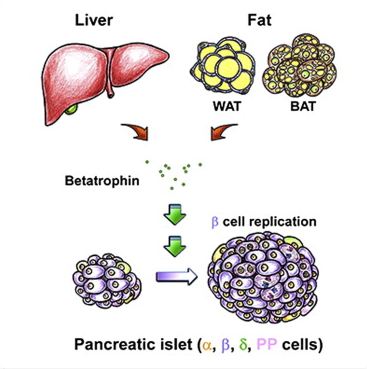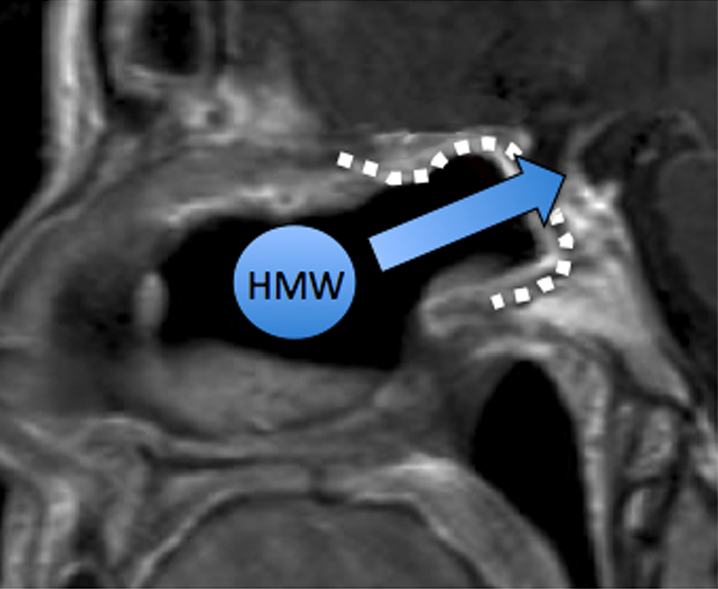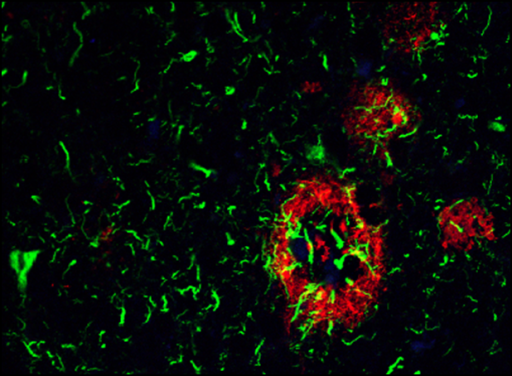 |
| Capa |
No próximo dia 2 de maio, na 31ª Feira do Livro de Ivoti, haverá o lançamento de Bom Jardim-Ivoti no palco da história, Editora Feevale, um substancioso livro de 520 páginas.
A obra, que conta com a participação de vários autores e autoras, registra, sob diversos enfoques, a história da colônia alemã de Bom Jardim, iniciada em 1826, quando era chamadaBerghahnerschneiß, a Picada dos Berghahn, primitivos colonos no local.
No Estado Novo, a antiga denominação, de raízes anteriores à colonização alemã, foi mudada, em 1938, para Ivoti, que significa flor, em Tupi-Guarani. Por sua antiga denominação e por seu atual nome indígena, Ivoti é chamada a "cidade das flores".
................................................................................
De Bom Jardim para Santa Maria
Na corrente migratória das antigas colônias alemãs para Santa Maria, algumas famílias eram originárias da Freguesia de São Pedro do Bom Jardim.
Em 1857, dois anos após a morte de Johann Friedrich Böbion (o autor da carta), seu genro Jacob Adamy vendeu suas terras na Picada 48. Chefiando um grupo familiar de 15 pessoas – esposa, filhos, genro, nora e netos –, ele mudou-se para suas novas terras na região do Pinhal, próxima a Santa Maria. No grupo estavam o genro Peter Daniel Gehm, natural de Katzenbach/Baviera Renana, e o futuro genro, Martin Zimmermann, nascido em Bom Jardim, em 9.11.1831. Eram parte das 11 famílias pioneiras que fundaram a pequena colônia alemã do Pinhal, hoje Itaara.
Em 1862, o alfaiate Abraham Cassel, natural de Ulmet/Renânia-Palatinado, deixou Bom Jardim e se estabeleceu em Santa Maria, com a esposa, sete filhos e os sogros.
Em 1867, foi criado o distrito (freguesia), São Pedro de
Bom Jardim abrangendo, entre outras, a Picada 48 e a Picada Café.
Luiz Cechella nasceu em 1889, na Picada Café, incluída no citado distrito. Era filho do italiano Luigi Cechella e de Maria Luiza Link, natural de Picada Café. Com seus pais e irmã, ele mudou-se para Santa Maria, casando, no Pinhal, com Amantina Izabella Adamy, em 1909. Junto veio o tio João Link Sobrinho.
Todos esses geraram extensa e importante descendência em Santa Maria, com valiosa contribuição para o desenvolvimento da cidade e região./.../











